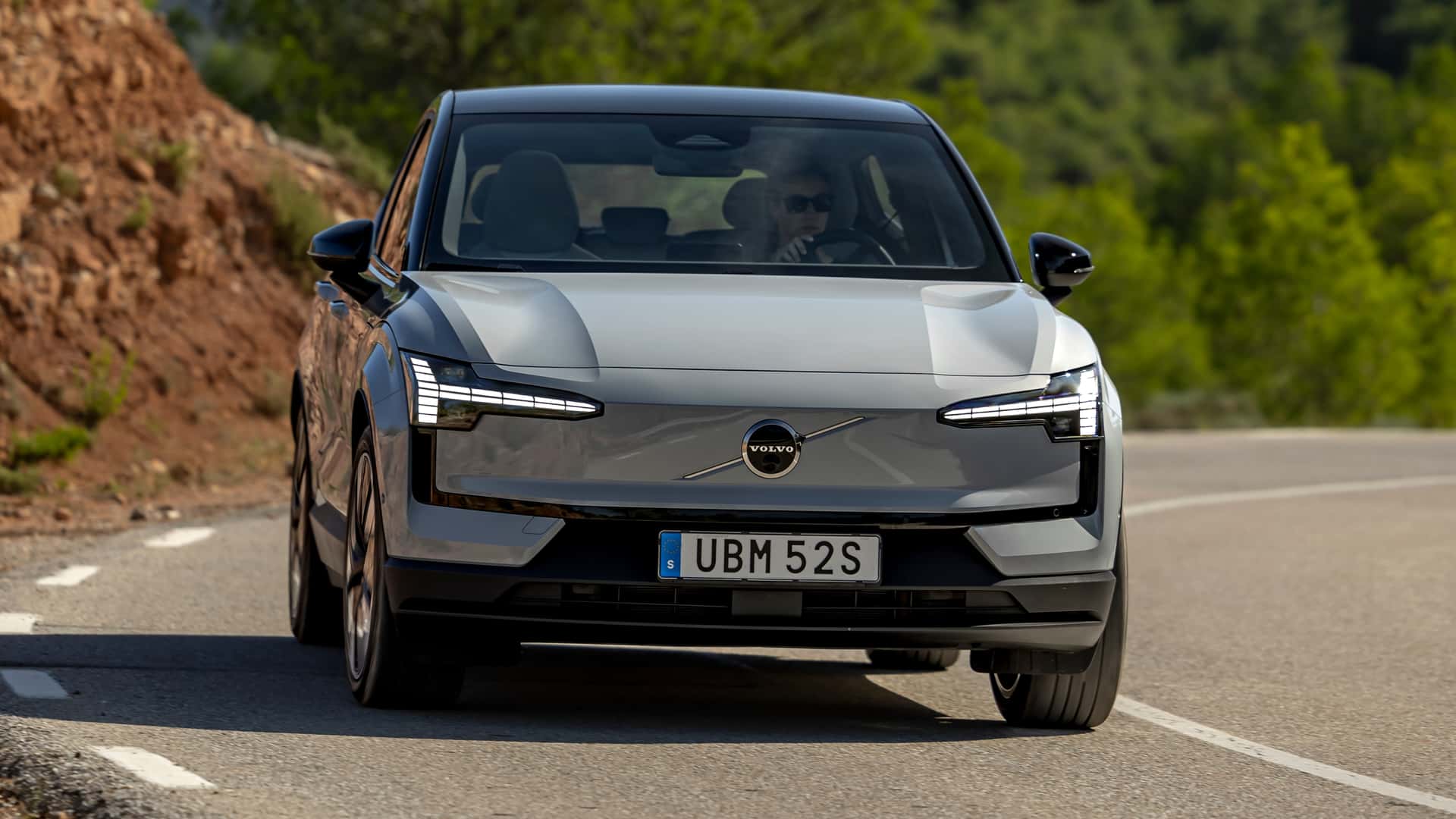Data from thousands of EVs shows the average daily driving distance is a small percentage of the EPA range of most EVs.
For years, range anxiety has been a major barrier to wider EV adoption in the U.S. It’s a common fear: imagine being in the middle of nowhere, with 5% juice remaining in your battery, and nowhere to charge. A nightmare nobody ever wants to experience, right? But a new study proves that in the real world, that’s a highly improbable scenario.
After analyzing information from 18,000 EVs across all 50 U.S. states, battery health and data start-up Recurrent found something we sort of knew but took for granted. The average distance Americans cover daily constitutes only a small percentage of what EVs are capable of covering thanks to modern-day battery and powertrain systems.
The study revealed that depending on the state, the average daily driving distance for EVs was between 20 and 45 miles, consuming only 8 to 16% of a battery’s EPA-rated range. Most EVs on sale today in the U.S. offer around 250 miles of range, and many models are capable of covering over 300 miles.



How different is that really from a road network?
No matter how well the mass transport system gets, you’ll still have to have the road network. Every business will have to get stuff delivered by large truck. Every housing area will have to get streets, and you also can’t eliminate highways. You could only potentially reduce how wide they are in some areas.
A road network has a much lower initial investment cost and can just sit there even if it’s underutilized, accruing comparatively very little in terms of ongoing maintenance costs, with no one needing to hyperventilate constantly about running a passenger service with enough asses in seats with sufficient regularity to recoup the costs. It can also go to a lot more destinations, and importantly can do so for mixed uses.
You could build train rails to the moon and back if you felt like it, but they’d decay quickly and it is statistically certain nobody would be riding on them to most places to justify paying for the upkeep, let alone the initial installation. This is not so with rural roads. There are also massive planning and logistical challenges you need to take into account for rail, mostly due to the fact that trains are crap at climbing inclines which is not an issue you’ll face (as much) with roads. This is why roadgoing vehicles have tires (well, one reason). You’ll be flattening mountaintops and boring tunnels and building bridges all over the place. It’s not cost or environmentally effective for little-utilized routes.